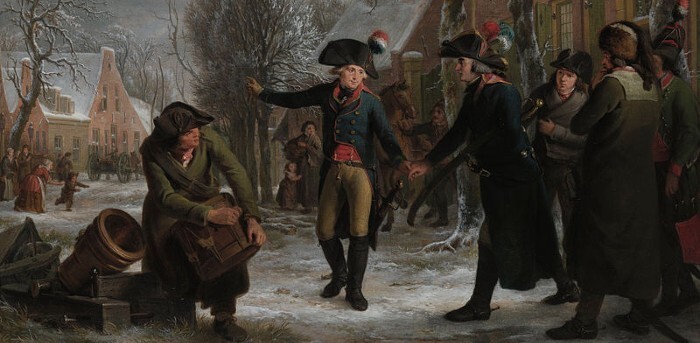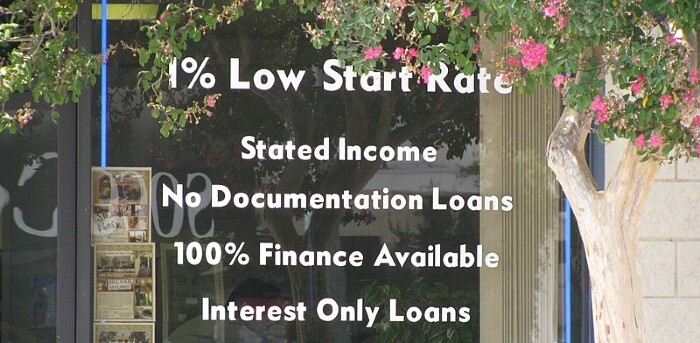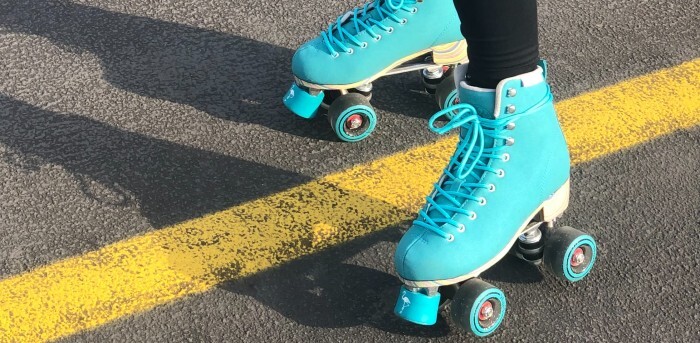American inventor James Plimpton finally landed on the quad skate in 1863 and went all in on it, marketing roller skating to the Jane Austen crowd as something proper young ladies and gentlemen could do to socialize. Going to the roller rink was seen as an event worthy of tuxedos, ball gowns, and presumably a lot of tripping.
Whatever Happened to Roller Rinks?

Remember when you were a kid and it was simply expected that you’d spend your birthday eating mediocre pizza and falling on your face on shoes with wheels that had statistically been worn by everyone else in town with your shoe size? That was good as hell! Why don’t we do that anymore? How did roller rinks go from a typical Saturday night to something you probably have to take a lengthy road trip to do?
15Skeelers

Roller skating was technically invented in 18th-century Holland, where ice skating was a legitimate form of transportation, when some guy decided he wanted to do it during the summer, too. He nailed wooden spools to strips of wood that he attached to his shoes, called them “skeelers,” and probably got burned as a witch.
14Theatrical Skating

Skeelers never caught on, and the next time roller skates appeared in history was as special effects in a 1743 play, where they were used by actors to simulate ice skating. These early skates sucked, having no brakes or mechanisms for turning, so all they could really do was skate in a straight line and pray they didn’t fall into the orchestra pit.
13John Joseph Merlin

In 1760, eccentric Belgian inventor John Joseph Merlin tried to improve roller skates, mostly as a publicity stunt, the key word being “tried.” He had big plans to debut his invention by gliding into a masquerade party playing a violin, and although he immediately crashed and broke his everything, he gave more competent inventors some good ideas.
1219th-Century Roller Waitresses
We think of waitresses on wheels as a relic of the ‘50s, but they go all the way back to the taverns of 1840s Berlin, where roller skating had already become a major fad even though the design was still a long way from perfection. Let’s take a moment of silence for all that spilled beer.
11Civil War Skating

10Public Roller Rinks
The Rhode Island rink Plimpton opened in 1866 was technically open to the public, but it was located in a luxury resort where he controlled the market by renting rather than selling roller skates, so like most things the rich enjoy that are technically available to the public, it was beyond the means of most. It wasn’t until the 1880s that roller skating became an industry with the mass production of skates and a proliferation of rinks where any asshole could show up and fall on his face.
9The Economics of Roller Skating

Even then, most people worked such long hours that even though they theoretically could hit up the roller rink after 12 hours at the consumption factory, it wasn’t practical. Labor reform in the 20th century led to a huge boom in roller skating and the economic prosperity of the roaring ‘20s begat an even bigger one, and ever since then, the popularity of strapping wheels to your feet and fumbling around for a few hours has been closely tied to whether people generally have enough money and free time to do that.
8The Golden Age of Roller Skating
It’s no surprise, then, that the post-war years were considered the “golden age of roller skating.” In fact, by 1950, roller skating was the number one participatory sport in America (meaning one people actually played).
7Skating as a Civil Right
It wasn’t all golden for everyone. Even after the Civil Rights wins of the ‘60s, many roller rinks remained functionally segregated, conceding at most to hold “urban” or “soul” nights when black skaters were welcomed. Ironically, it turned out that putting a community’s black population all in one place at one time on a regular basis was a good way for collective action to get organized, and roller rinks became a hot spot for black activism.
6Roller Disco

The ‘50s may have been the golden age, but in the ‘70s, popular music finally caught up to the feeling of soaring on rainbow light-up wheels. As roller skating became an essential part of disco culture, the industry expanded like never before, with rinks opening just to become roller discos. It helped that one of the most reliable methods of gaining the confidence to zoom around hardwoods waxed to within an inch of their lives is copious amounts of cocaine.
5Hip Hop Skating

While capitalized on one genre, roller rinks became the uteri for another during the birth of hip hop. Breakdancers invented dance skating, now-legendary DJs and MCs played their first gigs at roller rinks, and NWA even formed at a South Central rink.
4The ‘90s Rollerblading Revolution

The rise of inline skating in the ‘90s might have seemed like just the next phase of a roller coaster that only goes up, but it was actually the beginning of the end-ish. Rinks had to build tracks for inline skaters, which was expensive, so a lot of them just didn’t. Missing out on that rollerblading dollar doomed them in the increasingly cutthroat wheeled shoe business.
3Of Course, the Great Recession

The Great Recession of 2008 ruined everything good, and the roller skating industry was no exception. It’s always been expensive to own a roller rink just because they require so much space, so the real estate bust turned the venture from expensive to impossible. Rinks closed en masse to make way for a bunch of new banks, probably; they were the only ones who had money anymore.
2But They Didn’t Complete Disappear
You can’t keep a little girl determined to hold her first hand on some glittery rentals down, so the roller rink industry does still exist -- it just had to relocate. Most roller rinks today are out in the suburbs or the country, where land is cheaper, so if you must skate it out, you’re probably only a slightly onerous drive away.
1The Pandemic Revival

As surely as it drove it away, cultural crises brought skating back when everyone started going out of their minds with boredom during the COVID-19 pandemic. It turns out it’s actually pretty easy to set up a makeshift outdoor roller rink, and nobody’s stopping you from just doing it in your driveway either, so for the first time in probably, oh, ever, roller skates were added to the list of product shortages. It may not be darkened pizza parlors of our youths, but at least it’s something.
Top image: Lukas Schroeder/Unsplash





